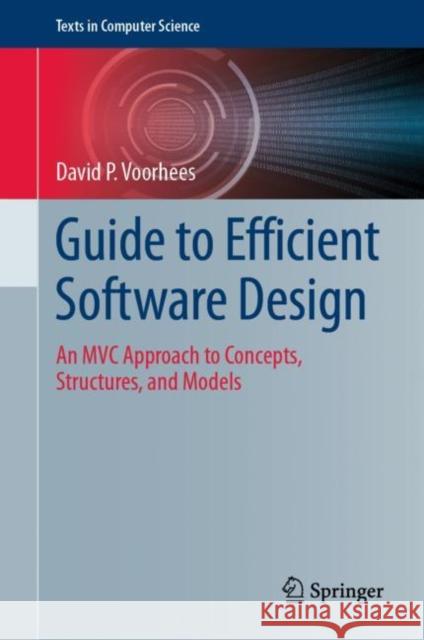Guide to Efficient Software Design: An MVC Approach to Concepts, Structures, and Models » książka
topmenu
Guide to Efficient Software Design: An MVC Approach to Concepts, Structures, and Models
ISBN-13: 9783030285005 / Angielski / Twarda / 2020 / 519 str.
Guide to Efficient Software Design: An MVC Approach to Concepts, Structures, and Models
ISBN-13: 9783030285005 / Angielski / Twarda / 2020 / 519 str.
cena 301,18
(netto: 286,84 VAT: 5%)
Najniższa cena z 30 dni: 289,13
(netto: 286,84 VAT: 5%)
Najniższa cena z 30 dni: 289,13
Termin realizacji zamówienia:
ok. 22 dni roboczych.
ok. 22 dni roboczych.
Darmowa dostawa!
Kategorie:
Kategorie BISAC:
Wydawca:
Springer
Seria wydawnicza:
Język:
Angielski
ISBN-13:
9783030285005
Rok wydania:
2020
Dostępne języki:
Numer serii:
000215067
Ilość stron:
519
Oprawa:
Twarda











